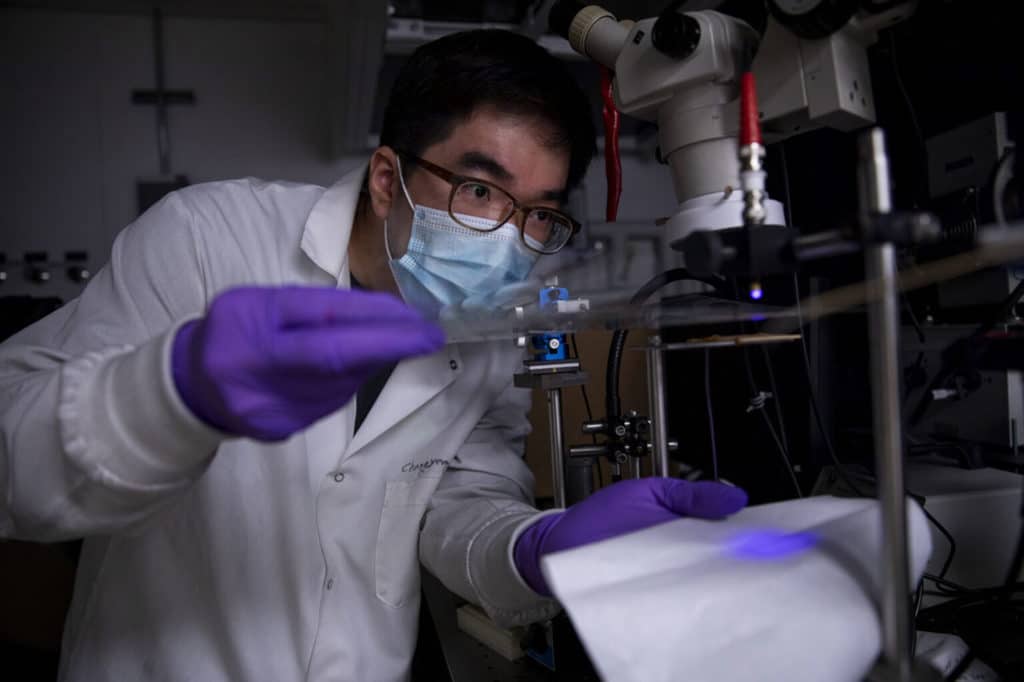In recent decades, new applications such as light-emitting devices, photovoltaic, or touchscreens, have required considerable effort in the development of flexible and transparent electrodes. The market is currently dominated by Indium Tin Oxide (ITO), which is typically more expensive and fragile, so many research groups are looking for worthy alternatives to this material.
In this effort, a team of researchers at the University of Michigan has managed to make plastic conductive while also making it more transparent. The research could prove useful for the development of large touchscreens, LED light panels, and window-mounted infrared solar cells.
The researchers inserted a conductive metal layer (a very thin layer of silver) between two “dielectric” materials, aluminum oxide, and zinc oxide, that allow light to pass through easily. The silver layer with a tiny amount of copper in it is just 6.5 nanometers thick. This produces a thin conductive anti-reflection coating on the sheet of plastic.

“We developed a way to make coatings with high transparency and conductivity, low haze, excellent flexibility, easy fabrication, and great compatibility with different surfaces,” said Jay Guo, a professor of electrical engineering and computer science at U-M, who led the research team.
The amount of light that can pass through the layer of plastic is slightly lower than that of glass. However, the transparency can be improved with additional three-layer anti-reflection coating. The transmittance is 88.4%, up from 88.1% for the plastic alone.
Using the theory results, the team believes that other researchers will be able to design similar sandwich-style flexible, highly transparent conductors, which allow even more light through than the plastic alone. “We tell people how transparent a dielectric-metal-dielectric conductor could be, for a target electrical conductance. We also tell them how to achieve this high transmittance step-by-step,” Liu said.
Journal Reference:
- Ultrathin-metal-film-based transparent electrodes with relative transmittance surpassing 100%. DOI: 10.1038/s41467-020-17107-6
